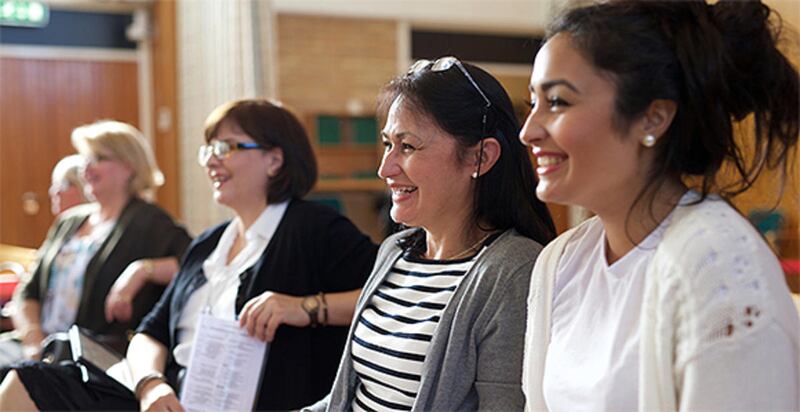Editor's note: Lesson formats are changing in 2018 for Relief Society and priesthood quorums of The Church of Jesus Christ of Latter-day Saints. This is the second of three articles about teaching and learning perspectives.
We may not think there is much difference between going to church “to be taught” or going to church “to learn.” However, our choice in the matter can make all the difference in our experience at church and in the gospel.
Being taught is a passive experience.
Learning is an active experience.
When we choose to learn, we honor our God-given agency, increase the likelihood that we’ll feel the spirit, and improve our chances for finding gospel answers to our needs. We act instead of being acted upon (2 Nephi 2:14).
But what happens if you are the teacher and those attending your class are more than happy to be taught by you? Yes, as the teacher, you need to be prepared to share meaningful and applicable gospel doctrines. Yes, as the teacher, you need to be prepared to engage others in their own learning.
Here are four things teachers can do to help those in the class who aren’t there to learn but rather to be taught.
• First, demonstrate your love and interest in each individual.
• Second, demonstrate your love for the gospel. Enthusiasm is infectious. When we see others alight with the joy of the gospel, we are sparked to want to participate more in the gospel.
• Third, model how to be a learner, how to ask questions, how to seek for answers and how to apply answers.
• Fourth, invite learners to be more active in their own learning: loving the gospel, asking questions, seeking answers and applying those answers.
When the Spirit of God is present, teachers, learners and learning are vibrantly unified (see Doctrine and Covenants 50:22).


